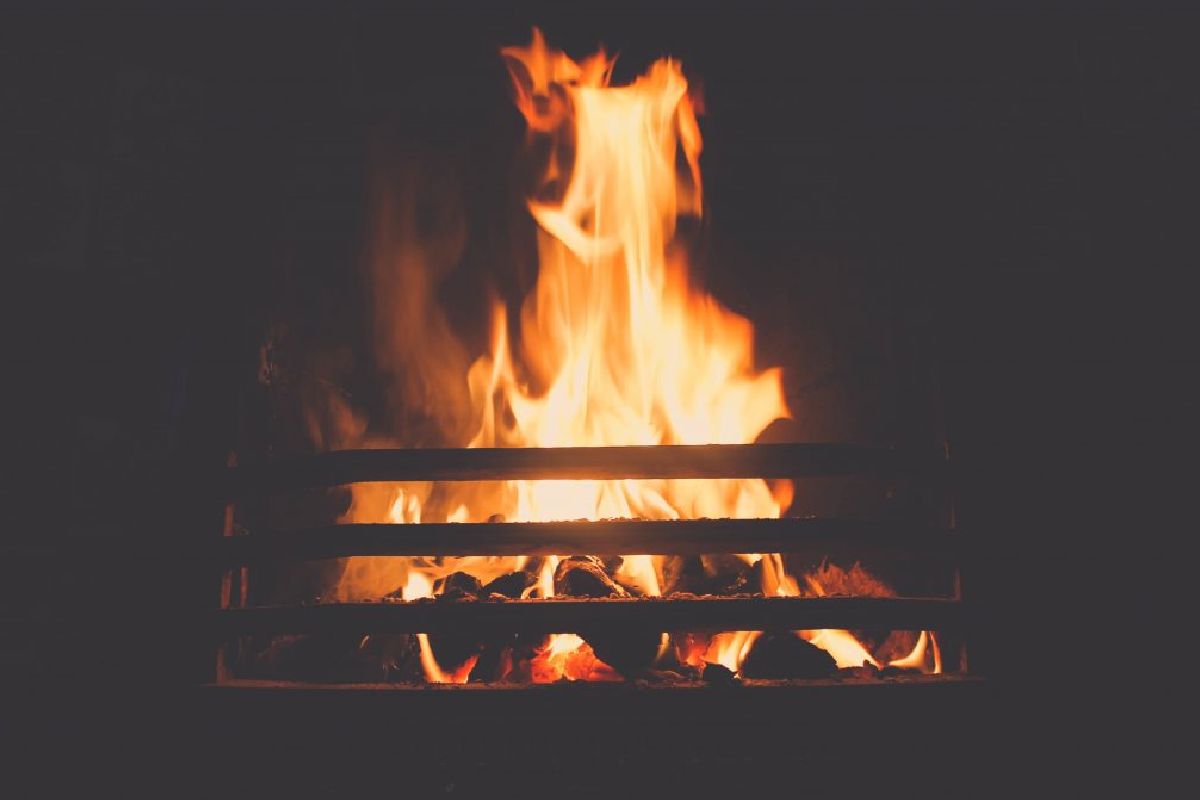Cold weather is creeping up on us. It’s time to snuggle up in front of a crackling fire in the fireplace.
But, wait.…before you spark up a fire this season, learn how to prevent a chimney fire.
Every year, about 23,000 chimney fires occur in homes, resulting in the loss of lives and millions of dollars in damage.
The most common cause of a chimney fire is creosote. This highly flammable and sticky residue from burned wood builds up inside your chimney. Creosote will catch fire when the temperature inside the chimney’s flue gets hot enough. The fire could erupt like an explosion or smolder inside your chimney, leaving you completely unaware.
A faulty chimney liner could cause a fire as well. The heat inside the chimney can send sparks into your home if the liner doesn’t provide sufficient protection.
So many of these devastating home fires could be avoided if people took the proper precautions.
Get your chimney inspected and cleaned
Hire a professional chimney sweep or certified chimney inspector to assess the safety of your chimney’s structure, liner, and ventilation. Have all creosote removed, the flue and vents cleaned, and any cracks or leaks repaired.
Burn the right wood
Seasoned hardwood is your best choice for firewood. The ends should be cracked, indicating the logs are fully dried. Green wood will produce heavy smoke, because of the moisture that is still in the wood.
Never use treated wood of any kind. Pressure-treated or pressed wood, plywood, and laminate or any engineered wood have been treated with chemicals that release toxic fumes when burned.
Protect the roof from sparks
Place a spark arrestor over the opening of your chimney. The mesh screen prevents sparks from escaping and possibly igniting your roof.
Stack your firewood correctly outside
Keep your firewood at least 25 feet from your home’s exterior. If any sparks hit this flammable pile, at least it won’t spread to your home.
Johnson County Siding & Windows hopes you have a warm and safe winter!








































